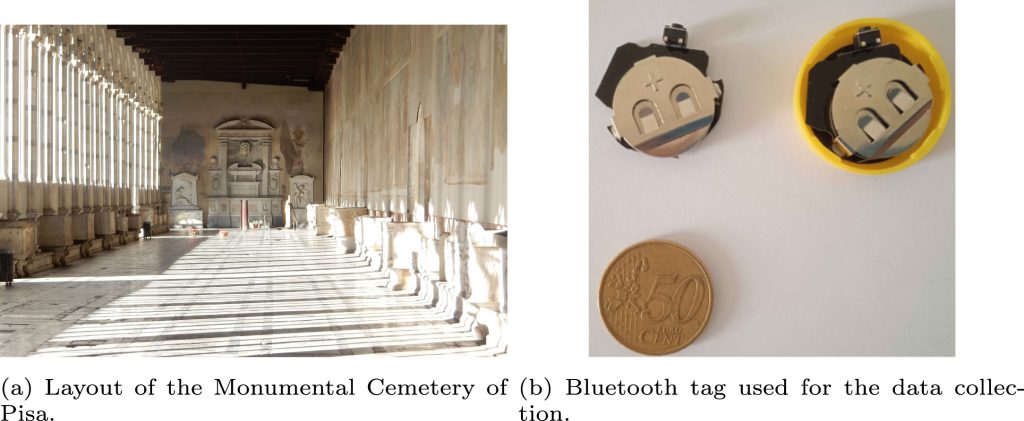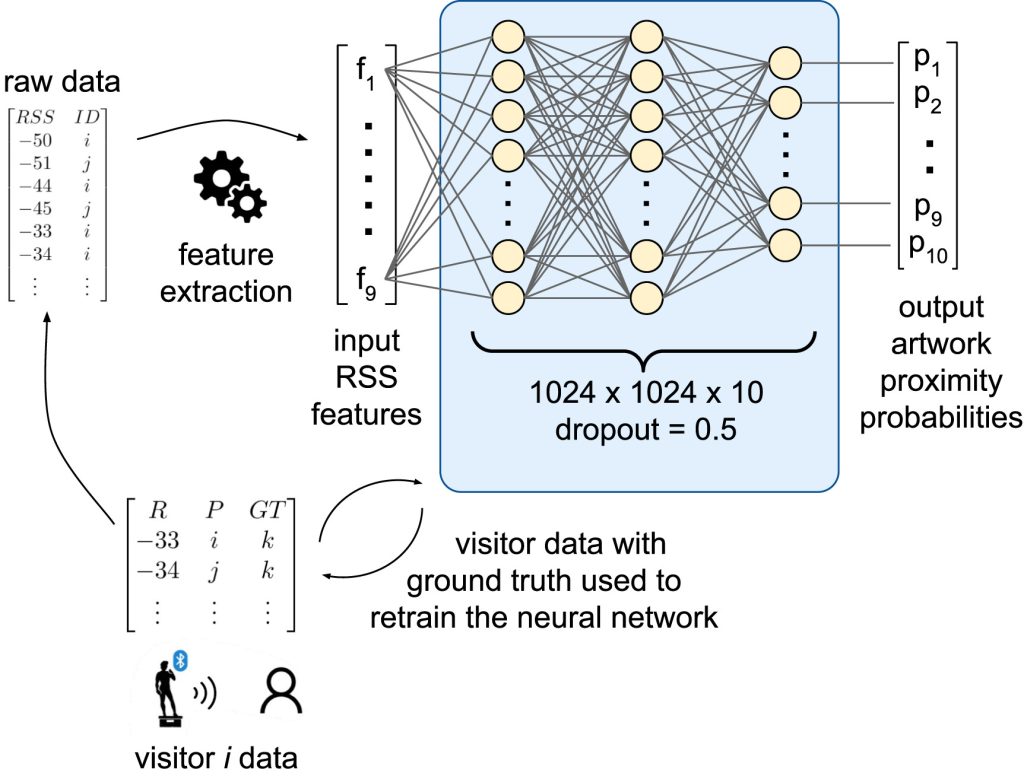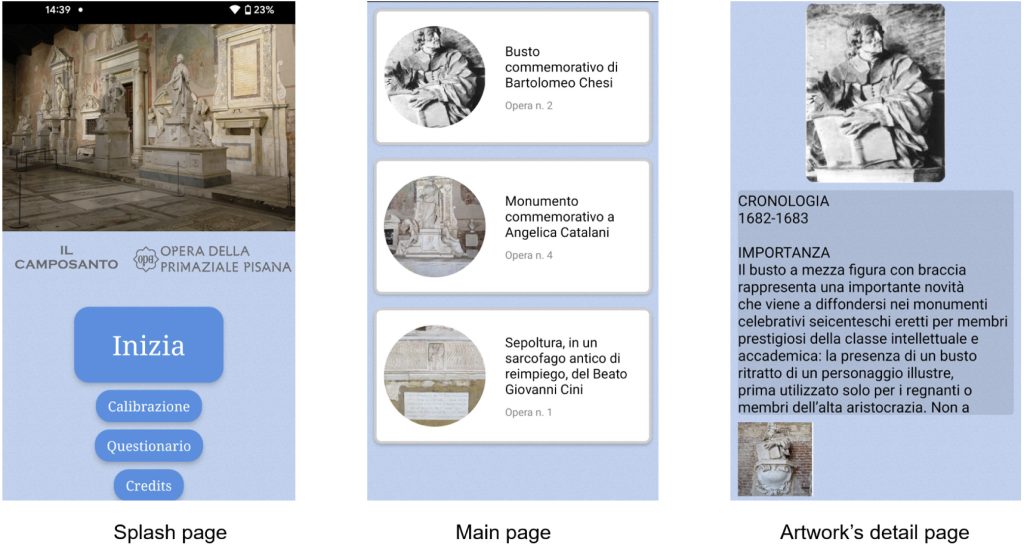There’s a new study on the performance of a proximity detection system for visitors in indoor museums using a Crowdsensing-based technique, authored by Michele Girolami, Davide La Rosa, and Paolo Barsocchi. This approach uses Bluetooth beacon data collected from visitors’ smartphones to calibrate two proximity detection algorithms: a range-based and a learning-based algorithm, embedded within a museum visiting application tested in the Monumental Cemetery’s museum in Pisa, Italy.


The experimental results demonstrate a significant improvement in performance when using crowd-sourced data, with accuracy metrics showing up to a 30% improvement compared to state-of-the-art algorithms. The research introduces a novel contribution by employing a Crowdsensing approach to improve the accuracy of proximity detection algorithms in a challenging indoor environment.

The study provides a detailed experimental campaign, including the design of the mobile application named R-app, to assess the performance enhancements achieved through this innovative method. The authors conclude that integrating Crowdsensing techniques with proximity detection algorithms offers a promising solution for enhancing visitor experiences in cultural heritage contexts.
The resultant collected data is also available.
Read about Beacons in Events and Visitor Spaces